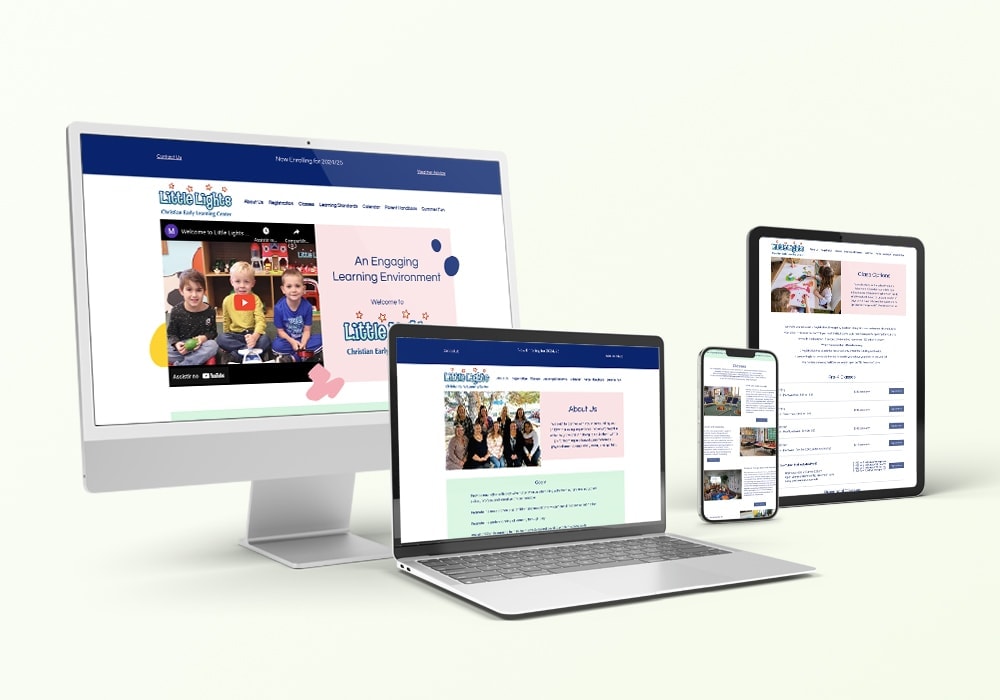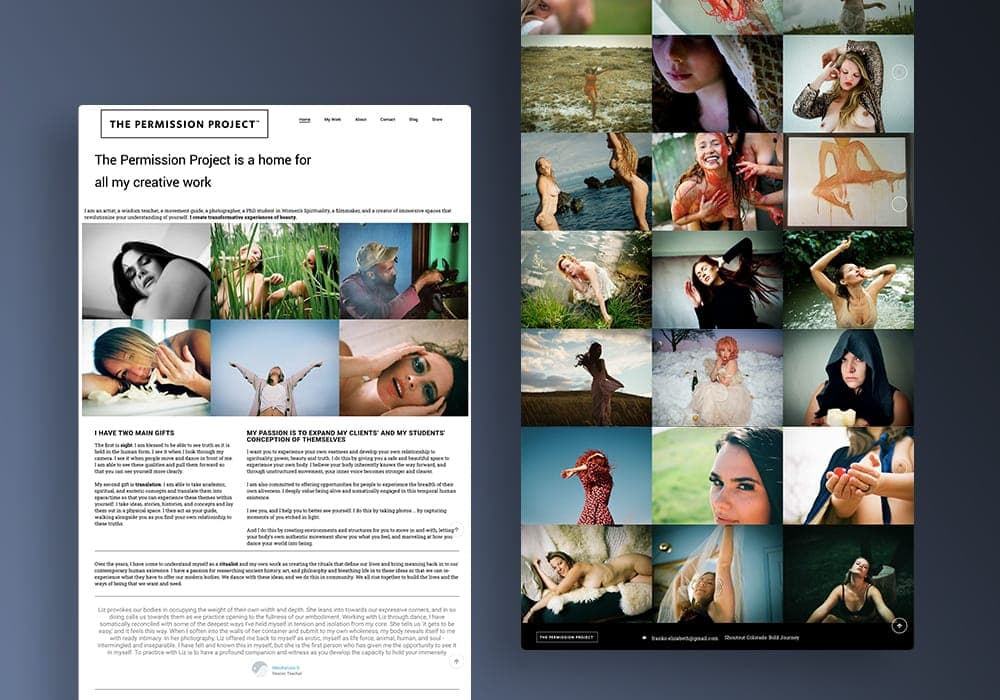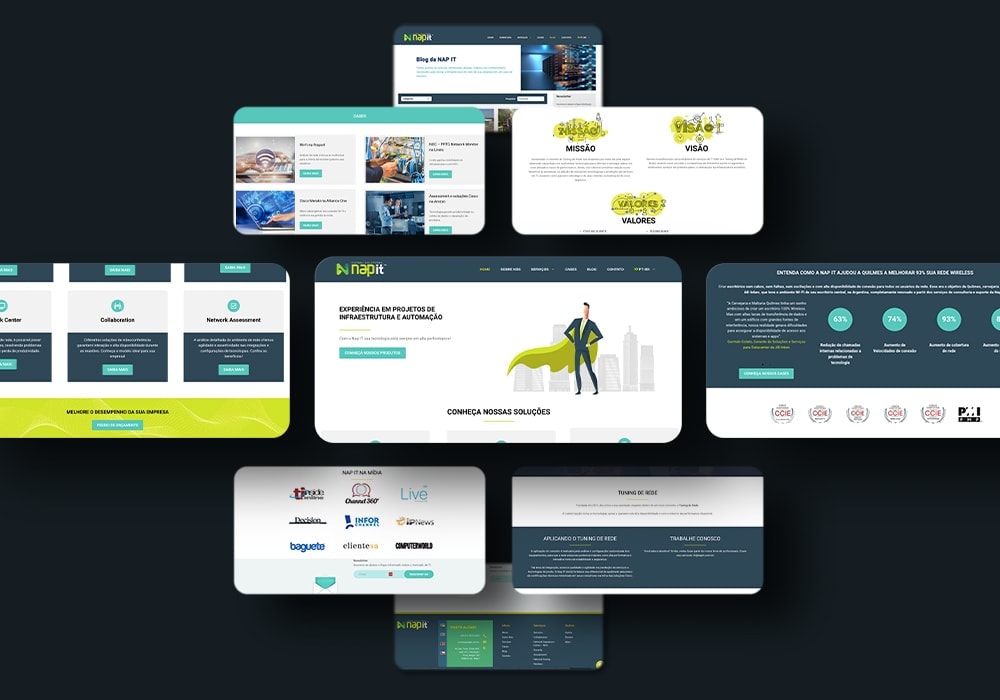Complete Image
Summary
To effectively optimize a website for search engines, various tasks must be carried out. Firstly, Green Hat focused on content generation – which attends to the keywords that are relevant to the client’s goals. We investigated the navigation menus, including the main, footer, and sidebar, to ensure that they were user-friendly and easy to navigate. The mobile version of the website was reviewed to ensure that it was responsive, and the home page was reviewed for design, content, and slideshow functionality. Analytics reports were then configured, including keyword analysis, comparing goals to actuals, and identifying keywords to focus on for future content. Before our design and content edits, we established conversion goals with the client. This helped us determine which PPC campaigns to launch on AdWords and Facebook. Finally, as the client was splitting their site into multiple to better address audiences, the domain registrant was verified to ensure that it matches business information (for-profit, and non-profit sites).
After confirming the values, nature, and goals of the company, we moved to manage local listings – crucial to improving search engine optimization. Other important tasks included ensuring there was only one H1 on each page, configuring XML sitemaps and robots.txt, setting up RSS feeds, adding breadcrumbs with markup, optimizing the 404 page, and adding social share icons to the websites. It is important to review and improve how the client uses their social media accounts, so we spent time helping the client remodel their social media pages and providing content for them to use in the future. We did a final review of the client’s website to ensure that contact information and forms were properly visible, call-to-actions were clear, and issues with duplicate content were corrected.






